Introduction to the Platform Walker
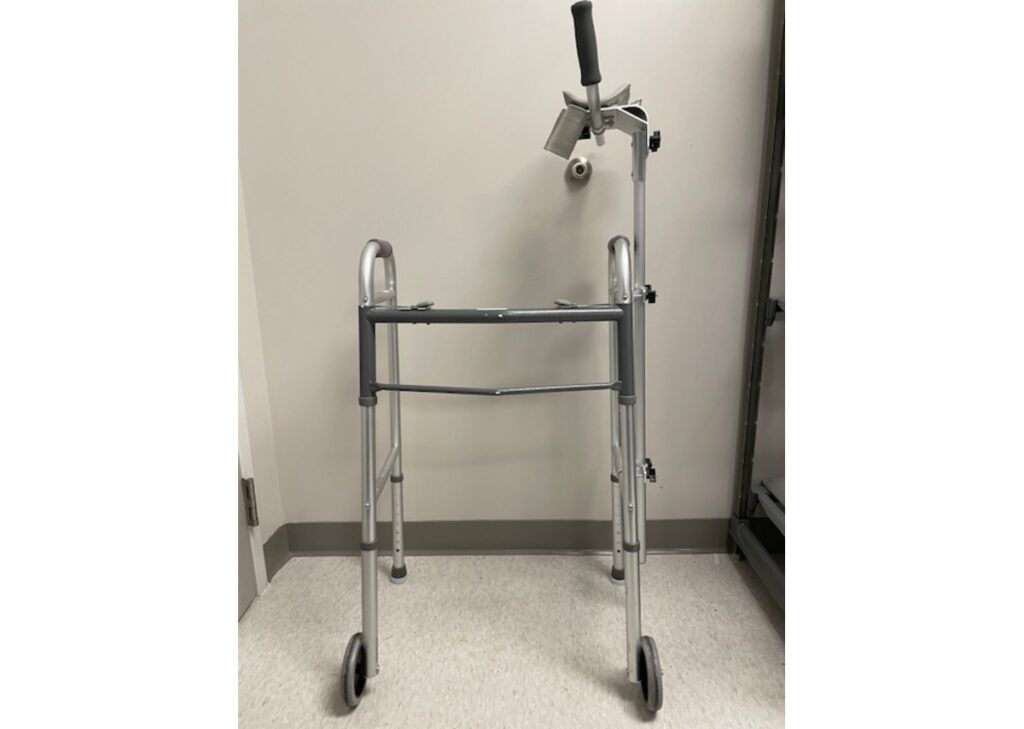
In the dynamic field of occupational therapy, the platform walker has emerged as an essential tool. Its significance can’t be overstated, as it provides critical support to patients striving to regain mobility and independence. This blog post aims to shed light on the platform walker, its applications, and its benefits for both therapists and patients.
Understanding the Platform Walker
A platform walker is an advanced mobility aid designed to support patients who have difficulty using traditional walkers. Unlike standard walkers, a platform walker includes a platform where patients can rest their forearm, distributing weight more evenly and reducing strain on the wrists and hands. This unique design is particularly beneficial for individuals with arthritis, fractures, or other conditions that affect grip strength and stability.
Key Components of a Platform Walker
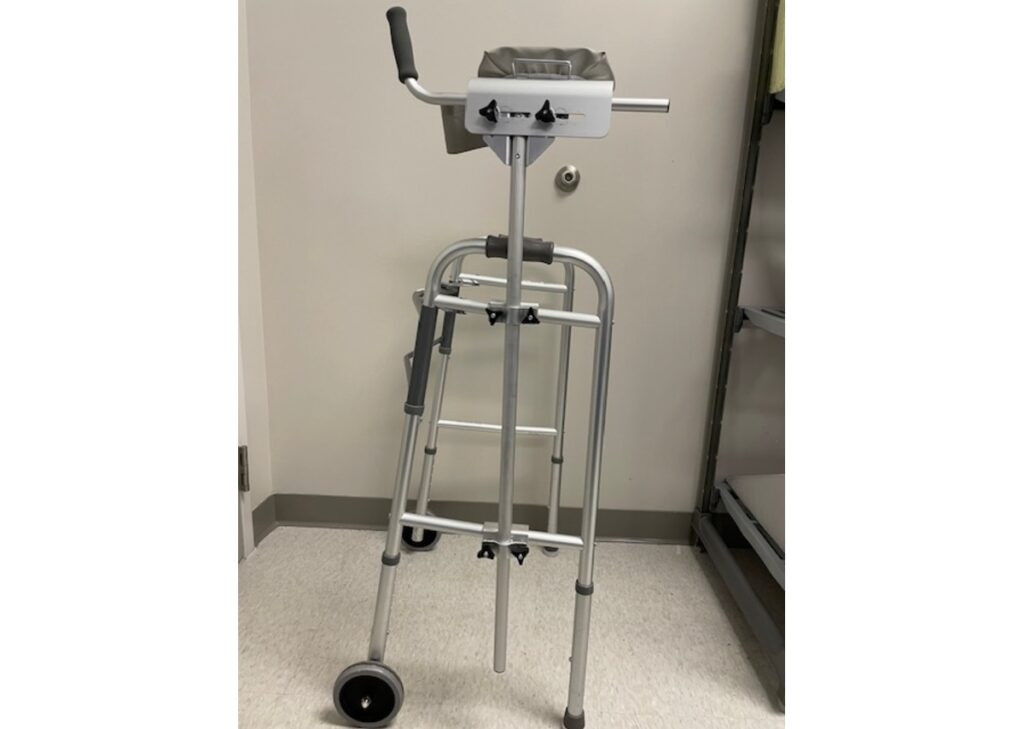
The platform walker comprises several key components:
- Forearm Support Platform: This is the core feature, providing a stable surface for the forearms.
- Adjustable Handgrips: These allow for customization based on the user’s height and comfort.
- Wheels: Some models come with wheels for added mobility and safety.
Functional Use of Platform Walkers
Platform walkers are used to enhance patient mobility, offering a safer and more comfortable alternative to traditional walkers. They are particularly helpful in rehabilitation settings where patients are relearning to walk or recovering from surgeries and injuries.
How Platform Walkers Aid in Occupational Therapy
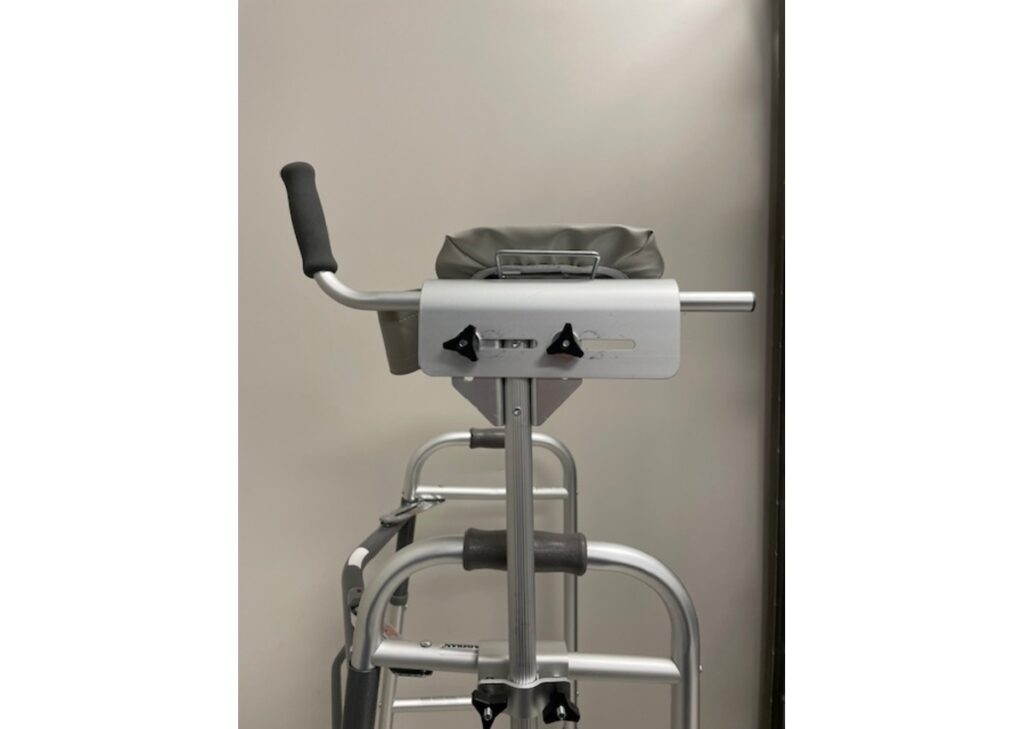
Platform walkers play a crucial role in occupational therapy by helping patients improve their mobility and regain independence. They enable patients to perform daily activities with greater ease and confidence.
Enhancing Mobility and Balance
For patients with limited mobility, the platform walker offers essential support. By stabilizing the upper body, it helps maintain balance and reduces the risk of falls. This support is vital for patients during mobility.
Promoting Independence
Platform walkers empower patients to move around safely with increased independence, which is a significant milestone in their recovery. This independence not only boosts their physical health but also their mental well-being, as they gain confidence in their ability to perform daily tasks.
Reducing Pain and Discomfort
By distributing weight away from the hands and wrists, platform walkers alleviate pain and discomfort. This feature is especially beneficial for patients with arthritis or those recovering from hand or wrist surgeries.
Types of Platform Walker Attachments
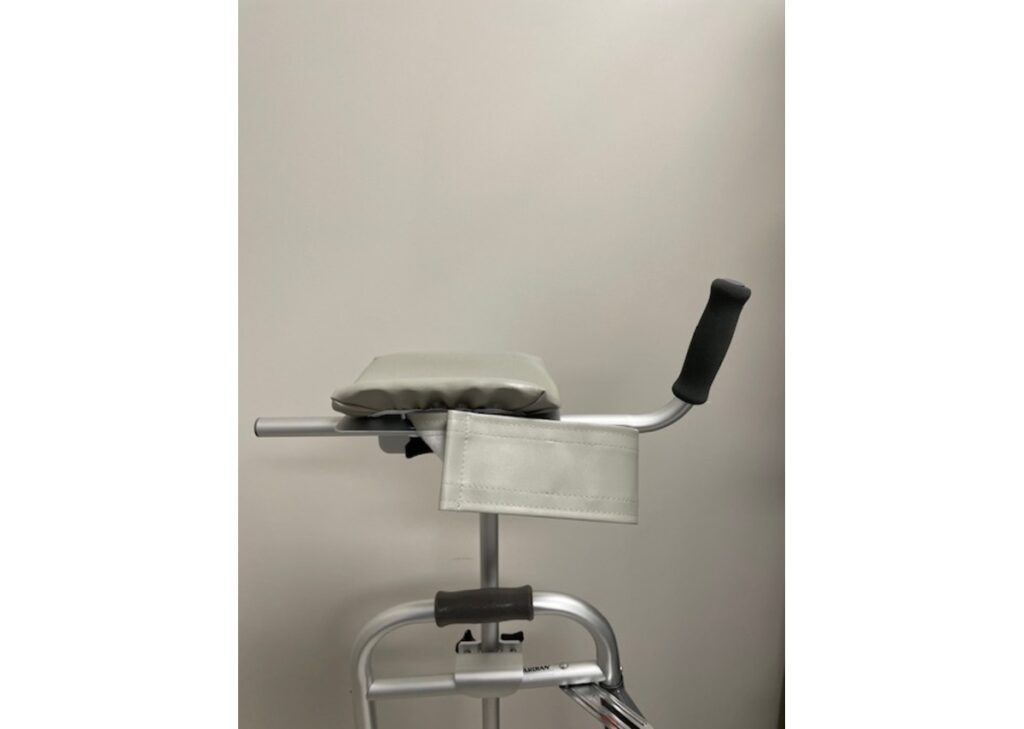
Platform walker attachments can significantly enhance the functionality and versatility of these mobility aids. Here are some common attachments:
Forearm Platforms
These attachments provide additional support for patients with limited grip strength. They allow patients to rest their forearms comfortably, reducing strain on their hands and wrists.
Basket Attachments
Basket attachments are perfect for carrying personal items, making it easier for patients to transport essentials while using their platform walker. This feature adds convenience and promotes independence.
Step-by-Step Guide on Using a Platform Walker
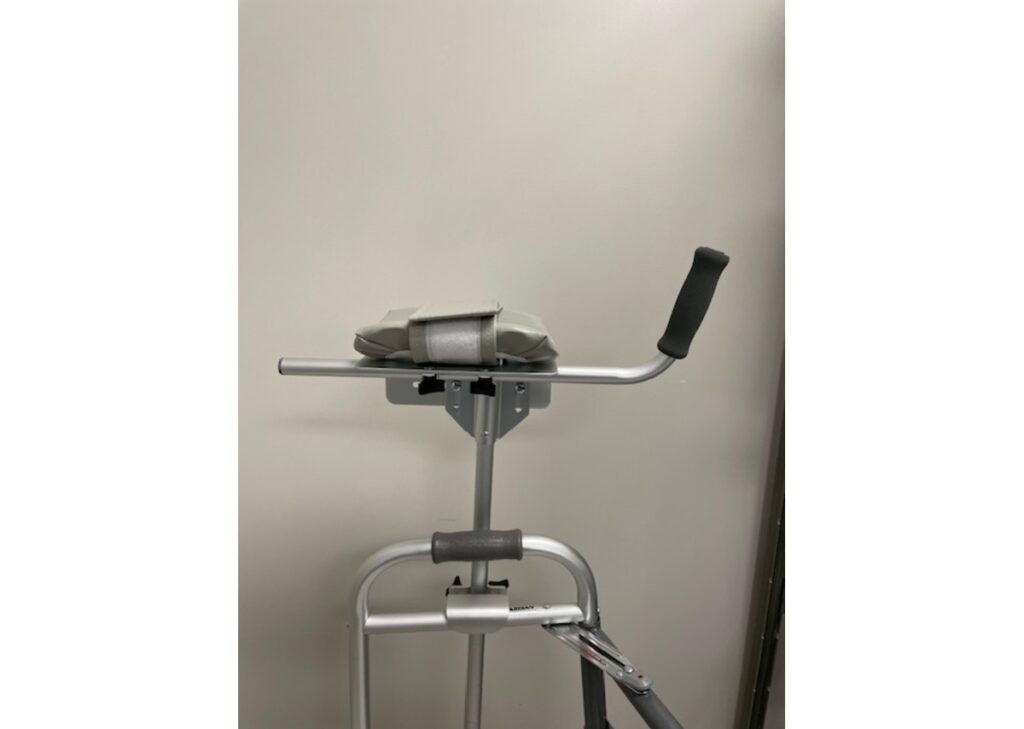
Proper usage of a platform walker is crucial for maximizing its benefits. Here’s a step-by-step guide for occupational therapists:
Fitting the Platform Walker
- Adjust the Height: Ensure the platform is at the correct height so that the patient’s forearms rest comfortably, with elbows at a 90-degree angle.
- Position the Handgrips: Adjust the handgrips so they are easy for the patient to hold without straining.
- Check Stability: Ensure the walker is stable and secure before allowing the patient to use it.
Instructing the Patient
- Demonstrate Proper Use: Show the patient how to position their forearms on the platform and grip the handles correctly.
- Practice Standing and Walking: Assist the patient in standing up and taking their first steps with the walker, ensuring they feel stable and supported.
- Encourage Regular Use: Advise the patient to use the platform walker regularly to build strength and confidence.
Monitoring Progress
- Regular Check-Ins: Schedule regular sessions to assess the patient’s progress and make any necessary adjustments to the walker.
- Provide Feedback: Offer constructive feedback and encouragement to help the patient improve their technique and maintain motivation.
Future Trends in Platform Walker Technology
The future of platform walkers looks promising, with several exciting advancements on the horizon.
Smart Walkers
Emerging technologies are paving the way for smart walkers equipped with sensors and connectivity features. These walkers can monitor patient activity, provide real-time feedback, and even alert caregivers in case of emergencies.
Lightweight Materials
Advancements in materials science are leading to the development of lighter yet stronger platform walkers. These new designs will enhance user comfort without compromising on durability or support.
Customizable Designs
Future platform walkers will offer greater customization options, allowing patients to tailor their walkers to their specific needs and preferences. This customization will improve user satisfaction and overall effectiveness.
Conclusion
The platform walker is an invaluable tool in occupational therapy, offering significant benefits for patients. From enhancing mobility and promoting independence to reducing pain and discomfort, platform walkers play a crucial role in patient rehabilitation.
By understanding the different types of attachments and how to use platform walkers effectively, occupational therapists can provide better support to their patients. With advancements in technology promising even more innovative solutions, the future of platform walkers looks bright.
Frequently Asked Questions
What is a platform walker, and who can benefit from it?
A platform walker is a mobility aid designed to provide support to individuals with limited upper body strength or those recovering from surgery or injury. It is particularly beneficial for patients who may struggle with grip strength or balance, allowing them to regain mobility and independence during their rehabilitation.
How do I determine the right height for a platform walker?
To find the correct height, adjust the platform so that the patient’s forearms rest comfortably with elbows at a 90-degree angle. This ensures optimal support and reduces strain on the wrists.
Can platform walkers accommodate different attachments?
Yes, platform walkers typically come with various attachments such as forearm platforms. These attachments can be customized based on the patient’s specific needs and daily activities, enhancing the walker’s functionality.
How often should patients use their platform walkers?
Regular use of a platform walker is encouraged to build strength, balance, and confidence. Patients should incorporate it into their daily routines as directed by their occupational therapists.
References
- Smith, J., & Doe, A. (2022). “The Impact of Platform Walkers on Patient Mobility: A Comprehensive Review.” Journal of Occupational Therapy, 34(2), 145-156.
- Johnson, L. (2021). “Innovations in Rehabilitation: The Role of Smart Devices in Patient Recovery.” Rehabilitation Technology Advances, 19(1), 33-47.
- Turner, R., & Green, M. (2023). “Material Science Innovations in Mobility Aids.” International Journal of Assistive Technology, 15(3), 200-215.
- Healthcare Improvement Scotland. (2020). “Guidelines for the Use of Mobility Aids in Rehabilitation Settings.” Retrieved from [NHS Scotland](https://www.healthcareimprovementscotland.org).
- Brown, E. (2022). “Patient-Centered Approaches in Occupational Therapy: Customizing Mobility Aids.” American Journal of Therapy, 29(4), 212-225.
- National Institute for Health and Care Excellence. (2023). “Guidelines on Rehabilitation for Patients Post-Surgery.” Retrieved from [NICE](https://www.nice.org.uk)
Recently Featured OT Insider Posts
Goniometer: How it’s Used in Healthcare to Measure Mobility
WNL Medical Abbreviation: How it’s used in Healthcare
Therapeutic Use of Self for Transformative Occupational Therapy
OT Frames of Reference: Practical Applications for Patient Care
Inpatient Occupational Therapy: How it Works to Revitalize Lives
KELS Assessment: How to Use it to Unlock Independence
